Description
Diethyl Ether: A Chemical Compound with a Rich History and Diverse Applications
Diethyl ether, often simply called ether, is a versatile organic compound with a long and fascinating history. Characterized by its colorless, highly flammable liquid form and distinctive sweet odor, diethyl ether has played a significant role in medicine, chemistry, and even popular culture. Understanding its properties, uses, and potential risks is crucial for anyone working with or encountering this chemical.
Chemical Properties and Production:
Diethyl ether belongs to the ether family, defined by an oxygen atom connected to two alkyl or aryl groups. Its chemical formula is (C₂H₅)₂O, and its IUPAC name is ethoxyethane. Diethyl ether is relatively stable under normal conditions, but it is highly flammable and forms explosive peroxides upon prolonged exposure to air and light.
Historically, diethyl ether was produced by the dehydration of ethanol using sulfuric acid. This process, known as the Williamson ether synthesis, is still used today, though alternative methods exist. The high volatility and low boiling point of diethyl ether (around 34.6 °C or 94.3 °F) necessitate careful handling and storage.
A History Rooted in Anesthesia:
Perhaps the most significant contribution of diethyl ether lies in its role as a surgical anesthetic. Its anesthetic properties were first noted in the 16th century, but it wasn’t until the mid-19th century that ether gained widespread acceptance in the medical community. Doctors like Crawford Long, William T.G. Morton, and Charles Jackson played pivotal roles in demonstrating ether’s efficacy and safety as a general anesthetic.
The “Ether Dome” at Massachusetts General Hospital in Boston, where the first public demonstration of ether anesthesia took place in 1846, stands as a monument to this revolutionary advancement. The development of ether anesthesia dramatically transformed surgery, allowing for longer, more complex procedures without the excruciating pain previously endured by patients.
While diethyl ether is still used as an anesthetic in some developing countries and in veterinary medicine, its use has declined significantly in developed nations due to the availability of safer and more controllable anesthetic agents.
Beyond Anesthesia: A Solvent and Chemical Intermediate:
Beyond its anesthetic properties, diethyl ether is a highly effective solvent for a wide range of organic compounds. Its ability to dissolve fats, oils, resins, and alkaloids makes it invaluable in chemical laboratories and industrial processes. It is commonly used for:
- Extractions: Separating organic compounds from aqueous solutions.
- Reactions: Providing a medium for chemical reactions.
- Recrystallization: Purifying chemical compounds by dissolving them in ether and then allowing them to recrystallize.
Diethyl ether also serves as a chemical intermediate in the production of other chemicals, including plastics, pharmaceuticals, and explosives.
Safety Considerations and Handling Precautions:
Despite its versatility, diethyl ether presents significant safety hazards due to its extreme flammability. Key safety considerations include:
- Fire Hazard: Diethyl ether vapors are heavier than air and can travel long distances to ignition sources, resulting in flashbacks and explosions.
- Peroxide Formation: Over time, diethyl ether can react with oxygen in the air to form explosive peroxides. These peroxides can detonate upon concentration, jarring, or heating.
- Health Effects: Inhalation of diethyl ether vapors can cause dizziness, nausea, and unconsciousness. Prolonged exposure can damage the liver and kidneys.
Therefore, it is crucial to handle diethyl ether with extreme care. Precautions include:
- Storage: Store in tightly sealed, airtight containers away from heat, light, and ignition sources. Add stabilizers to prevent peroxide formation.
- Ventilation: Use in well-ventilated areas or under a fume hood to prevent the accumulation of vapors.
- Personal Protective Equipment (PPE): Wear appropriate PPE, including gloves, eye protection, and a lab coat, when handling diethyl ether.
- Peroxide Testing: Regularly test diethyl ether for peroxide formation using commercially available test strips.
Diethyl Ether in Popular Culture:
The effects of diethyl ether have not only shaped science and medicine but have also seeped into popular culture. Its intoxicating properties have been explored in literature and film, often portraying it as a substance that induces altered states of consciousness and disinhibition. Examples include its use in classic novels and its sometimes glamorized or cautionary portrayal in films.

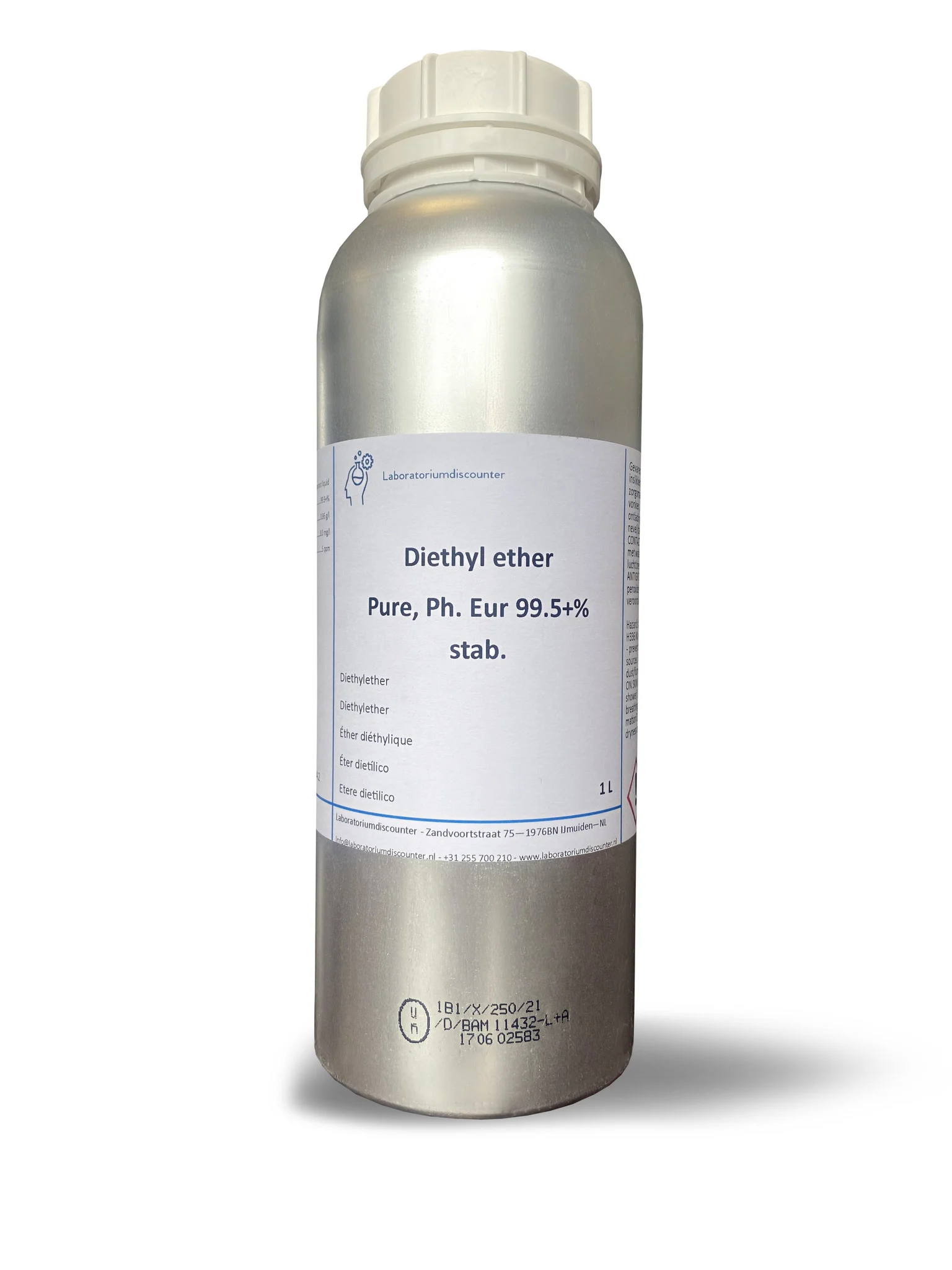

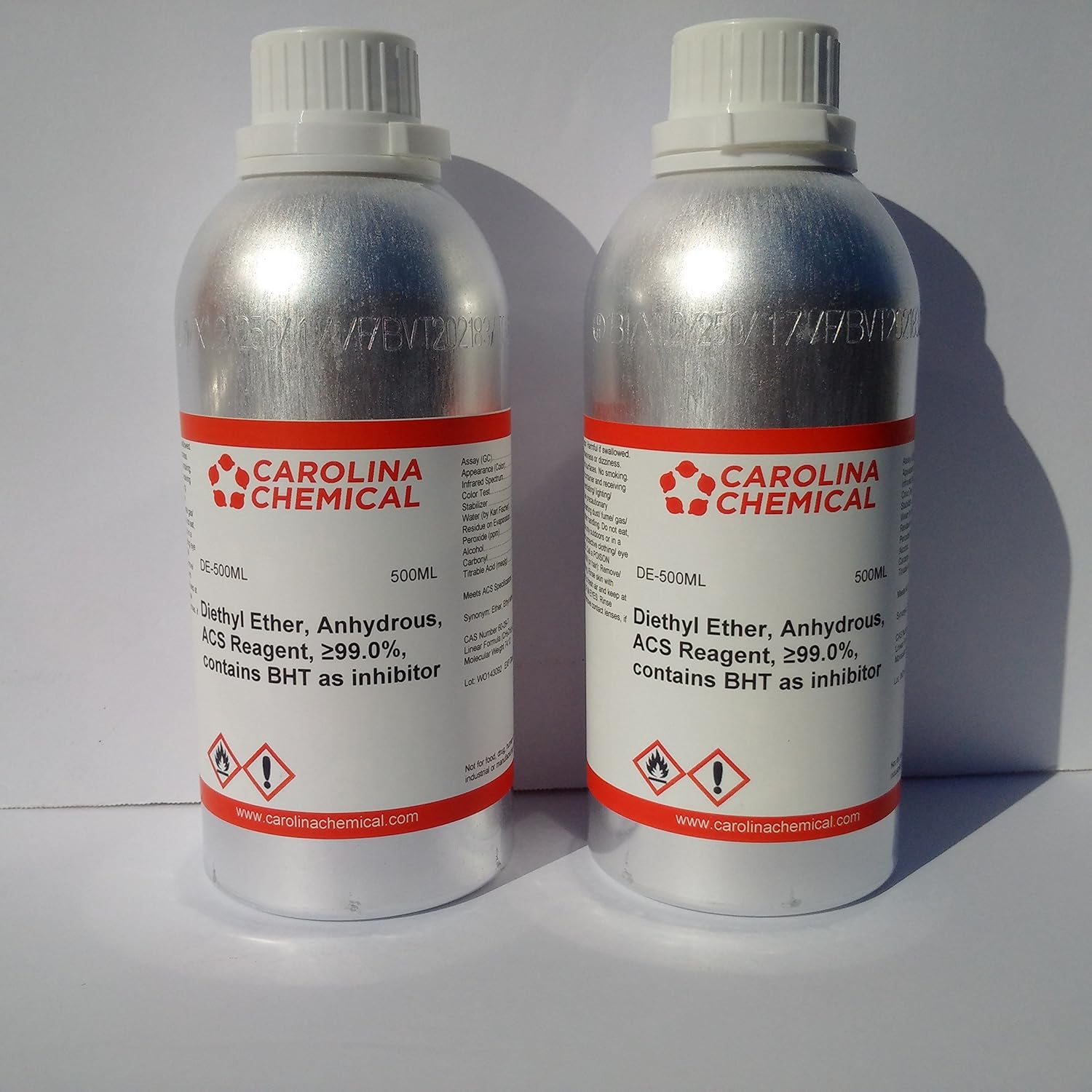

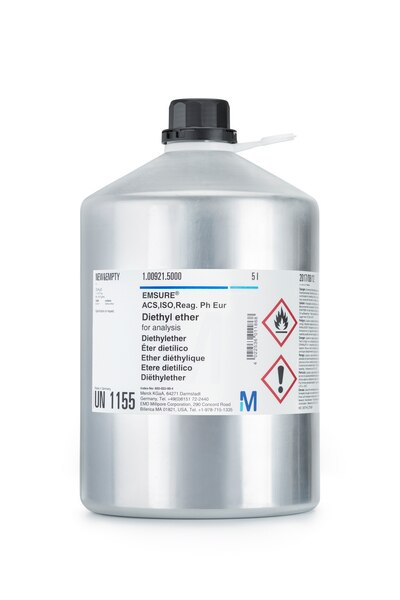
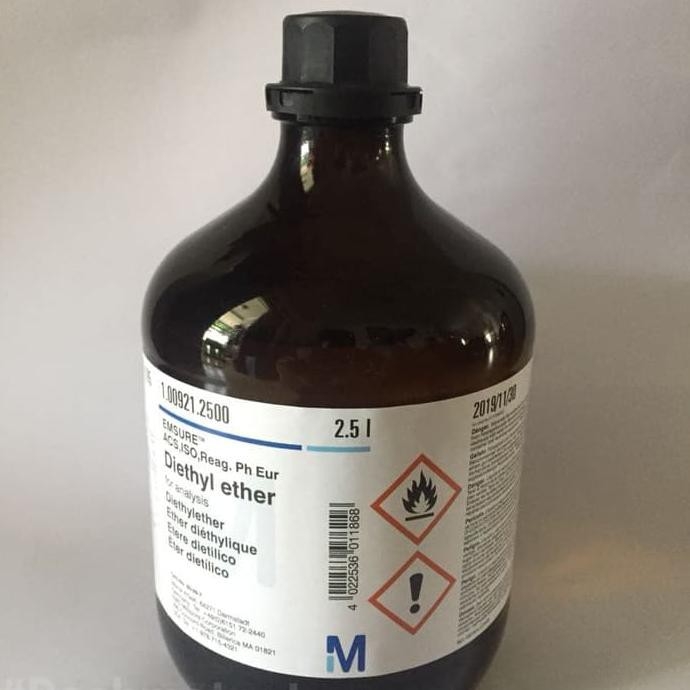
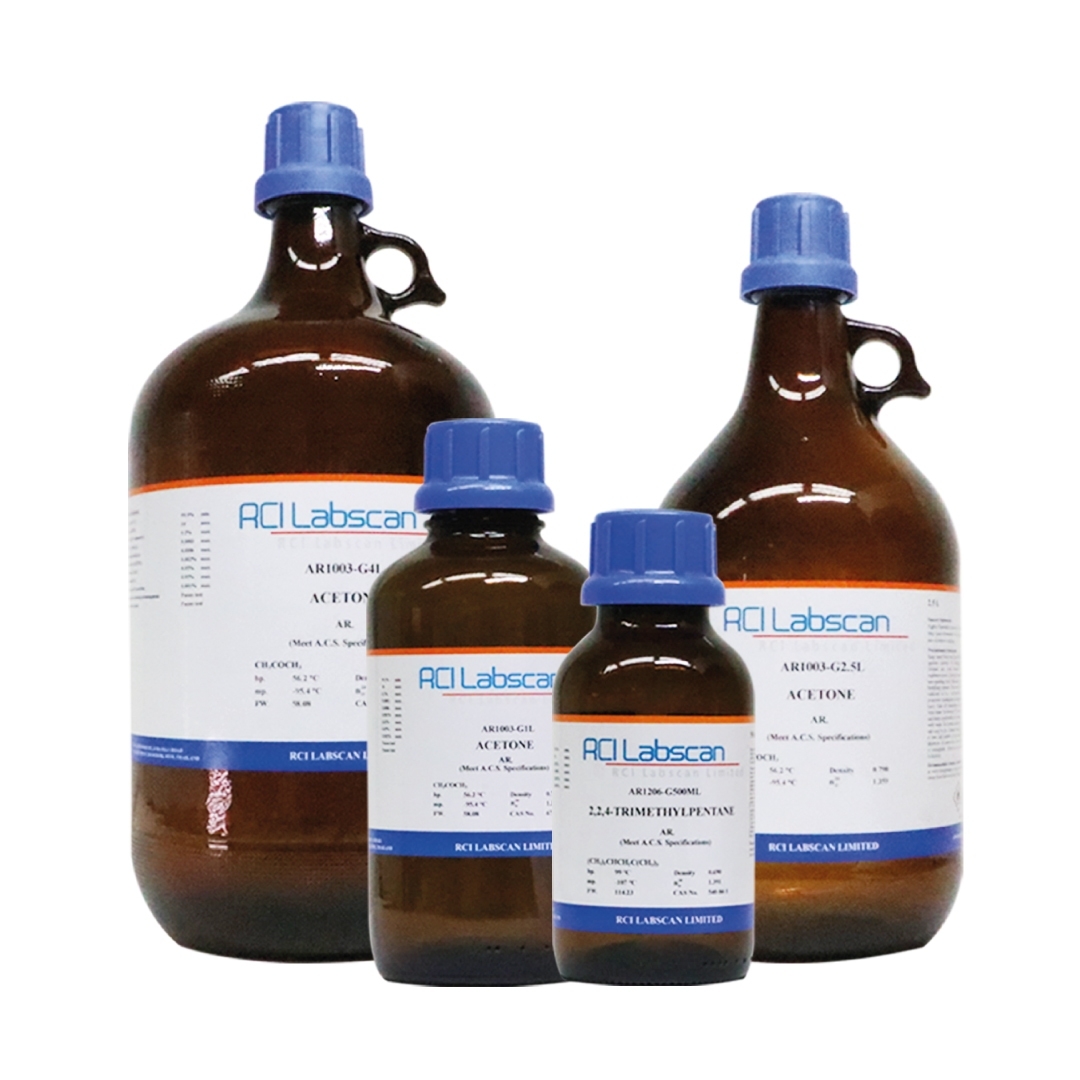
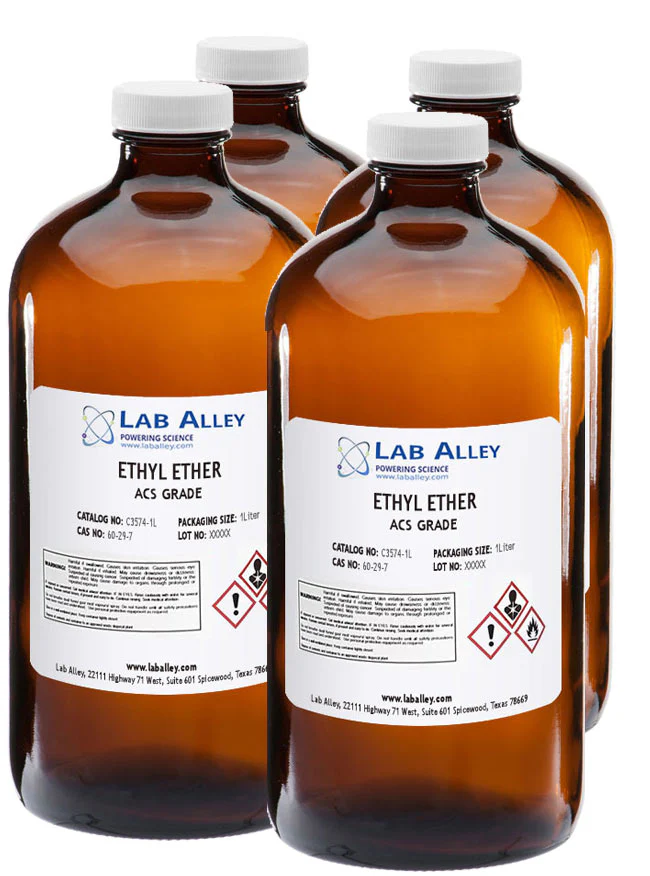
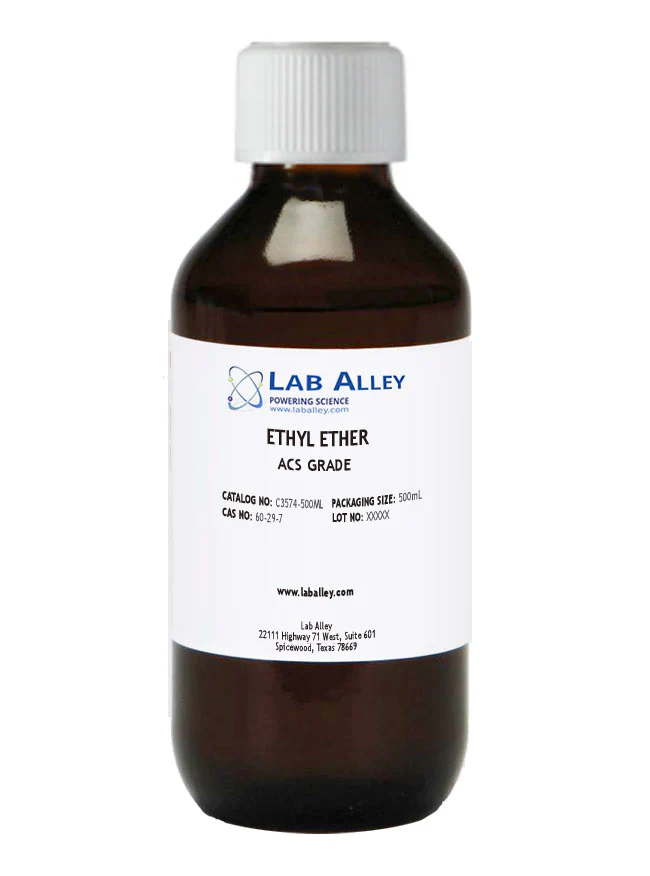
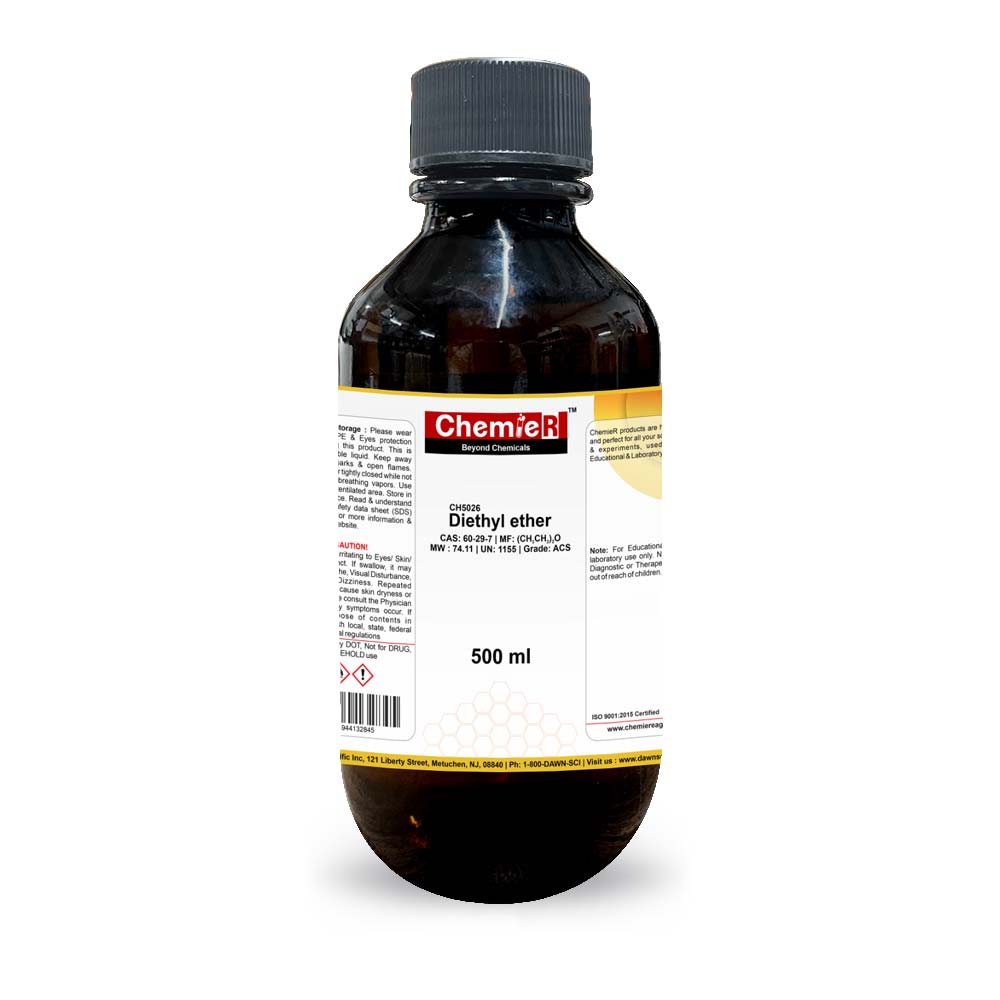
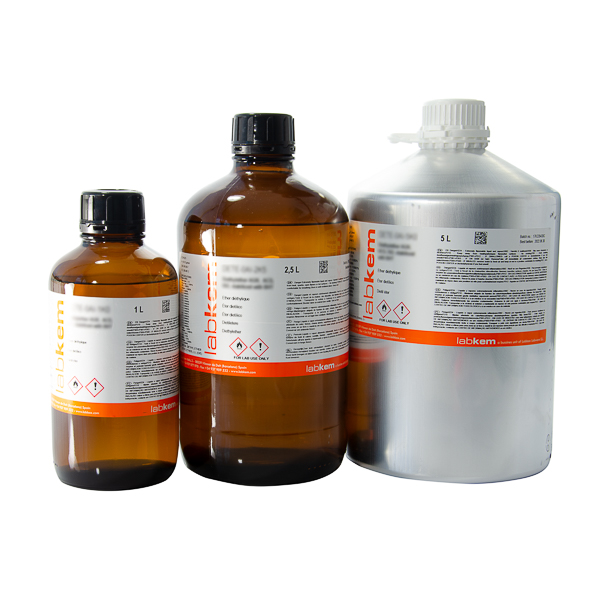
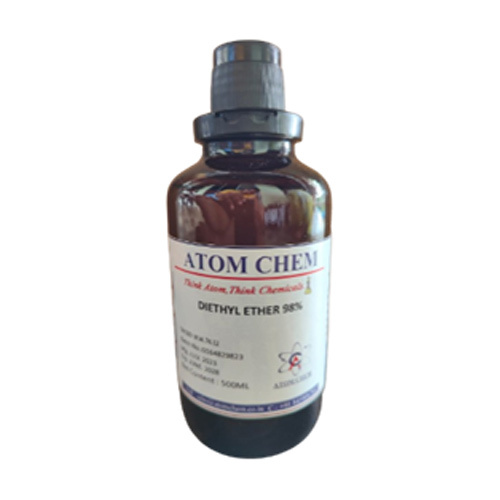
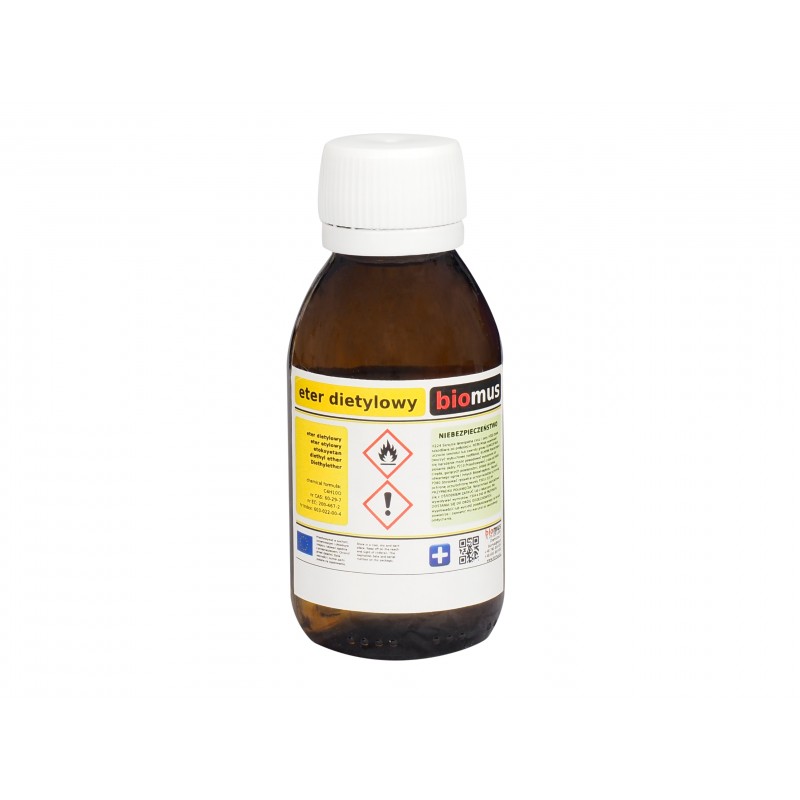


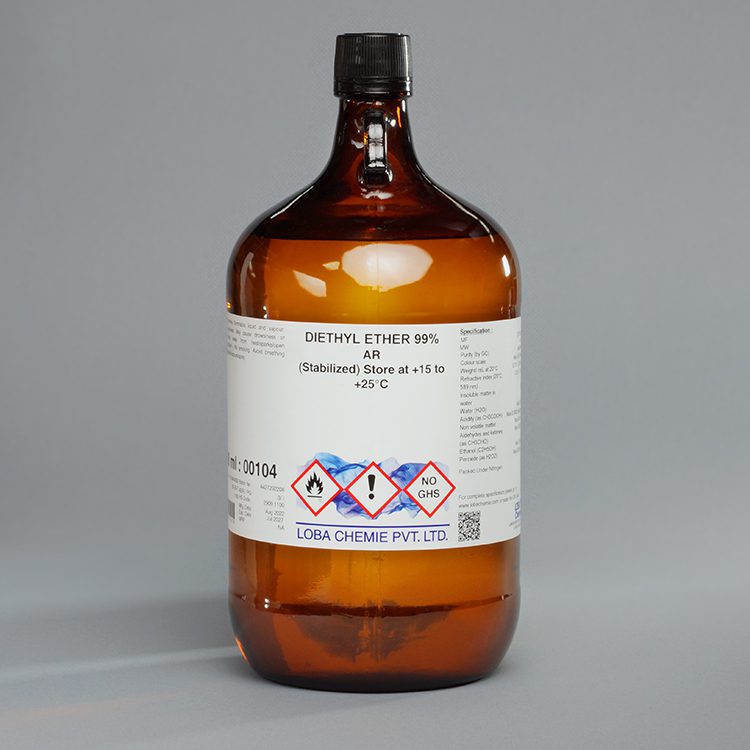




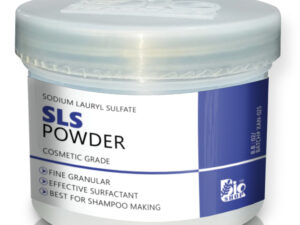
Reviews
There are no reviews yet.